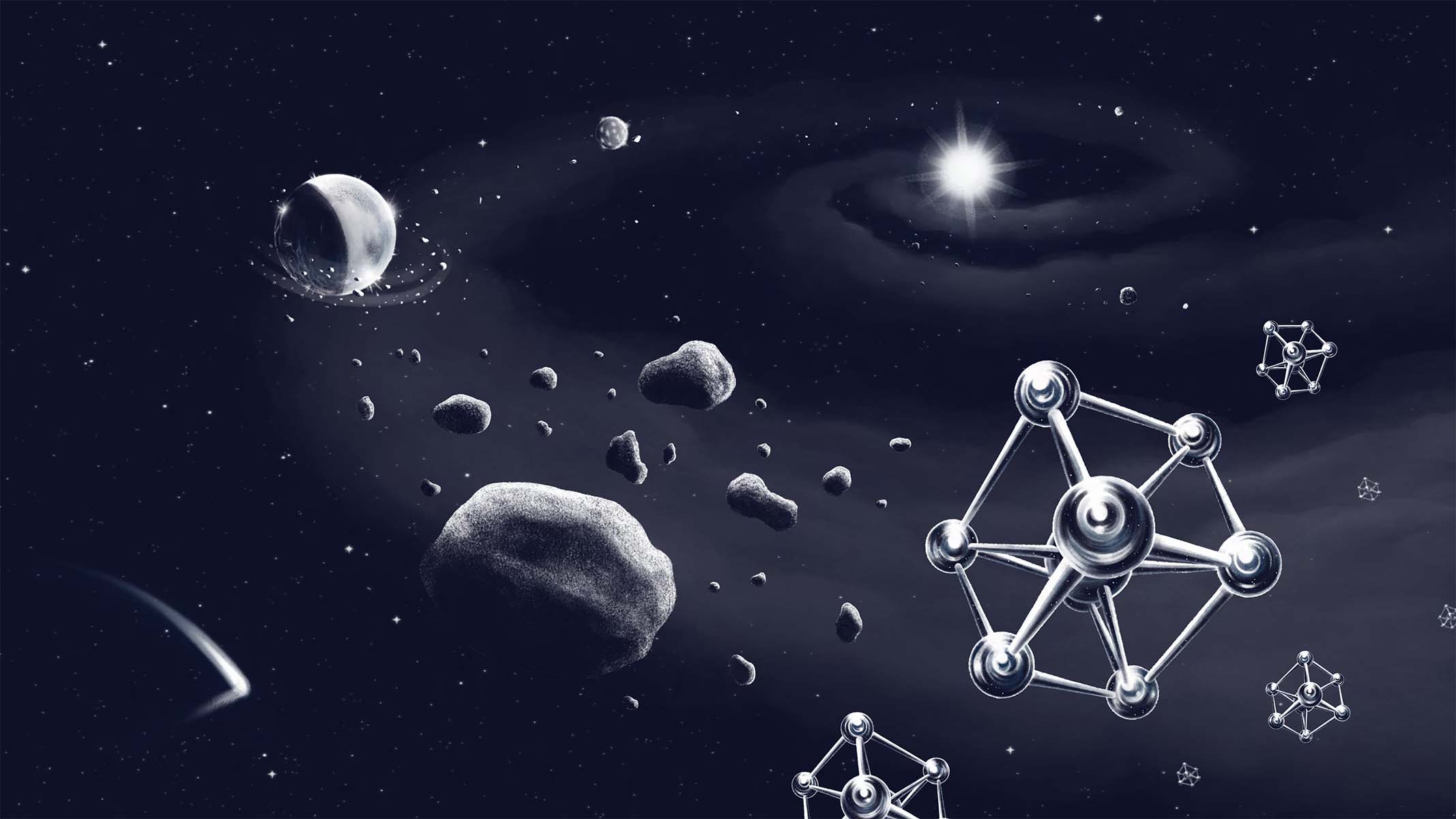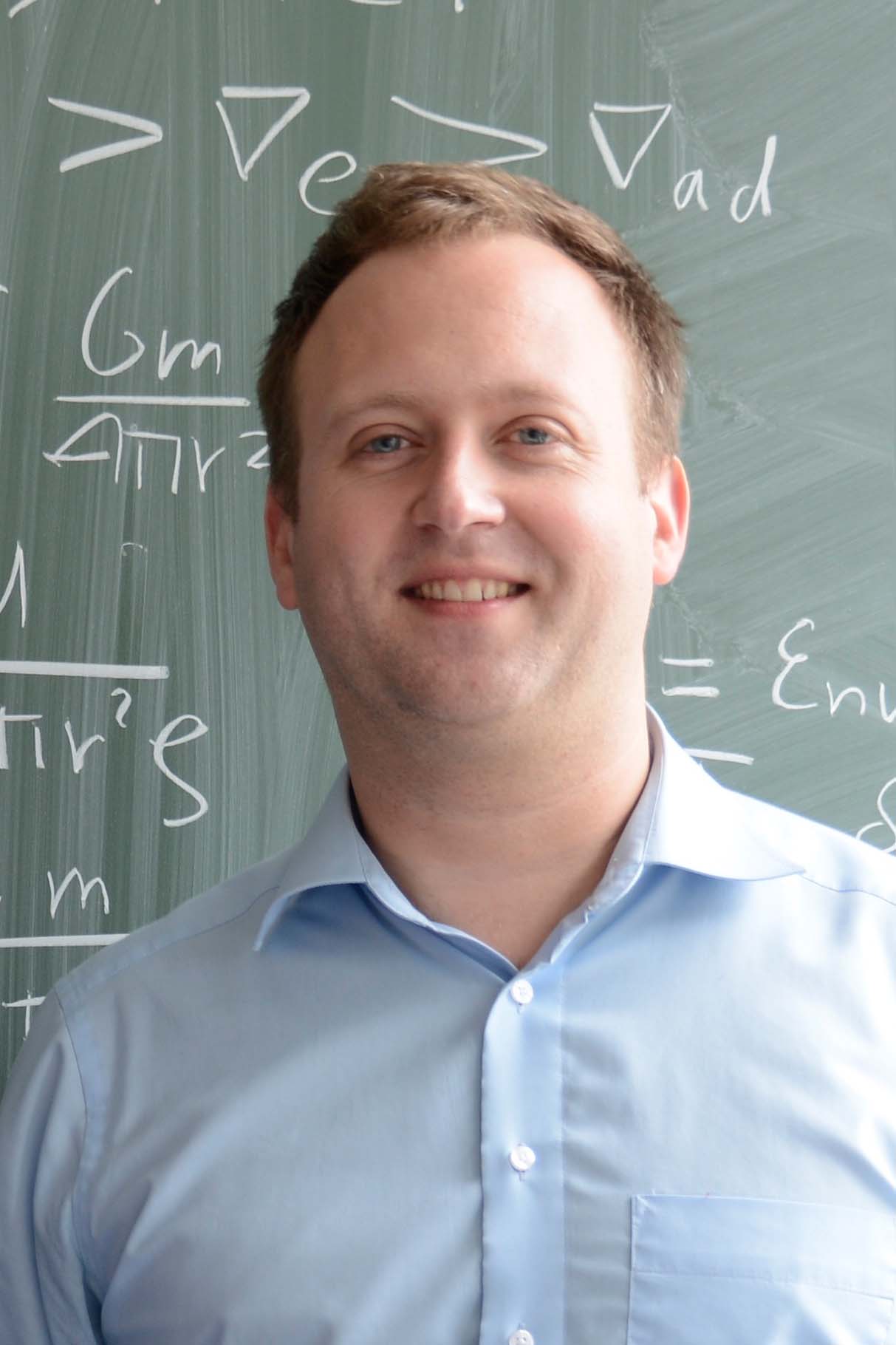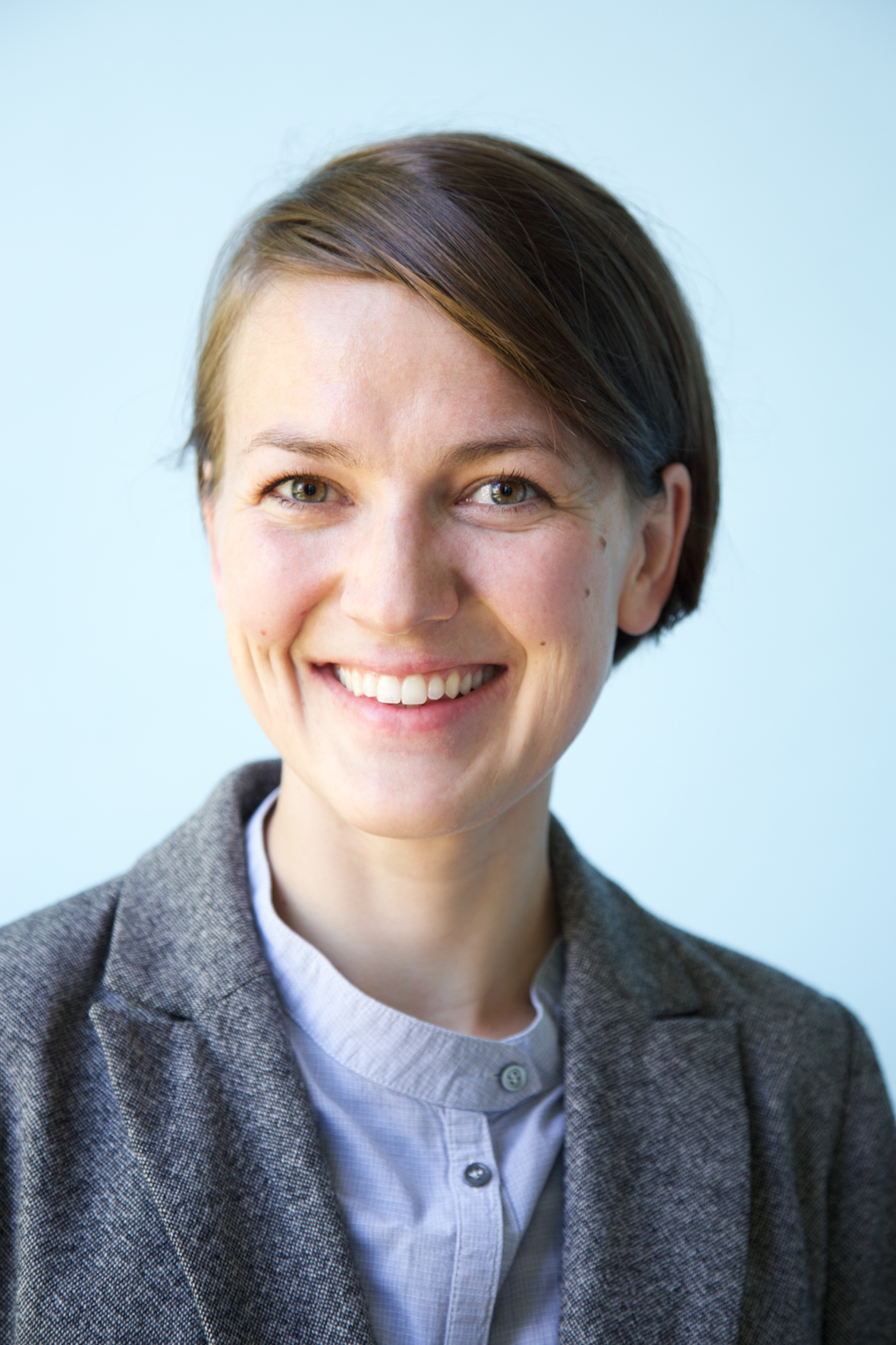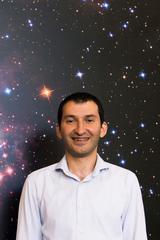The planet does not fall far from the star
A compositional link between planets and their respective host star has long been assumed in astronomy. For the first time now, a team of scientists, with the participation of researchers of the National Centre of Competence in Research (NCCR) PlanetS from the University of Bern and the University of Zürich, deliver empirical evidence to support the assumption – and partly contradict it at the same time.
Stars and planets are formed from the same cosmic gas and dust. In the course of the formation process, some of the material condenses and forms rocky planets, the rest is either accumulated by the star or becomes part of gaseous planets. The assumption of a connection between the composition of stars and their planets is therefore reasonable and is confirmed, for example, in the solar system by most rocky planets (Mercury being the exception). Nevertheless, assumptions, especially in astrophysics, do not always prove to be true. A study led by the Instituto de Astrofísica e Ciências do Espaço (IA) in Portugal, which also involves researchers from the NCCR PlanetS at the University of Bern and the University of Zürich, published today in the journal Science, provides the first empirical evidence for this assumption - and at the same time partially contradicts it.
Condensed star vs rocky planet
To determine whether the compositions of stars and their planets are related, the team compared very precise measurements of both. For the stars, their emitted light was measured, which bears the characteristic spectroscopic fingerprint of their composition. The composition of the rocky planets was determined indirectly: Their density and composition were derived from their measured mass and radius. Only recently have enough planets been measured so precisely that meaningful investigations of this kind are possible.
“But since stars and rocky planets are quite different in nature, the comparison of their composition is not straightforward”, as Christoph Mordasini, co-author of the study, lecturer of astrophysics at the university of Bern and member of the NCCR PlanetS begins to explain. "Instead, we compared the composition of the planets with a theoretical, cooled-down version of their star. While most of the star's material - mainly hydrogen and helium - remains as a gas when it cools, a tiny fraction condenses, consisting of rock-forming material such as iron and silicate”, explains Christoph Mordasini.
At the University of Bern, the "Bern Model of Planet Formation and Evolution" has been continuously developed since 2003 (see infobox). Christoph Mordasini says: “Insights into the manifold processes involved in the formation and evolution of planets are integrated into the model.” Using this Bern model the researchers were able to calculate the composition of this rock-forming material of the cooled-down star. “We then compared that with the rocky planets," Christoph Mordasini says.
Indications of the habitability of planets
“Our results show that our assumptions regarding star and planet compositions were not fundamentally wrong: the composition of rocky planets is indeed intimately tied to the composition of their host star. However, the relationship is not as simple as we expected”, lead author of the study and researcher at the IA, Vardan Adibekyan, says. What the scientists expected, was that the star’s abundance of these elements sets the upper possible limit. “Yet for some of the planets, the iron abundance in the planet is even higher than in the star” as Caroline Dorn, who co-authored the study and is a member of the NCCR PlanetS as well as Ambizione Fellow at the University of Zurich, explains. “This could be due to giant impacts on these planets that break off some of the outer, lighter materials, while the dense iron core remains”, according to the researcher. The results could therefore give the scientists clues about the history of the planets.
“The results of this study are also very useful to constrain planetary compositions that are assumed based on the calculated density from mass and radius measurements”, Christoph Mordasini explains. “Since more than one composition can fit a certain density, the results of our study tell us that we can narrow potential compositions down, based on the host star’s composition”, Mordasini says. And since the exact composition of a planet influences, for example, how much radioactive material it contains or how strong its magnetic field is, it can determine whether the planet is life-friendly or not.
«Bern Model of Planet Formation and Evolution»Statements can be made about how a planet was formed and how it has evolved using the "Bern Model of Planet Formation and Evolution". The Bern model has been continuously developed at the University of Bern since 2003. Insights into the manifold processes involved in the formation and evolution of planets are integrated into the model. These are, for example, submodels of accretion (growth of a planet's core) or of how planets interact gravitationally and influence each other, and of processes in the protoplanetary disks in which planets are formed. The model is also used to create so-called population syntheses, which show which planets develop how frequently under certain conditions in a protoplanetary disk. |
Information about the publication:Vardan Adibekyan et al., A compositional link between rocky exoplanets and their host stars, 14.10.2021, Science |
Interview with Christoph Mordasini in the Online-Magazine «uniaktuell» of the University of Bern:The planetary scientist has one great wishChristoph Mordasini deals with the formation and evolution of planets inside and outside our solar system. In an interview in the summer of 2020, he explained why the University of Bern has been at the forefront of space research since an experiment on the moon. And he revealed the question to which he would very much like to have an answer. |
Bernese space exploration: With the world’s elite since the first moon landingWhen the second man, "Buzz" Aldrin, stepped out of the lunar module on July 21, 1969, the first task he did was to set up the Bernese Solar Wind Composition experiment (SWC) also known as the “solar wind sail” by planting it in the ground of the moon, even before the American flag. This experiment, which was planned and the results analysed by Prof. Dr. Johannes Geiss and his team from the Physics Institute of the University of Bern, was the first great highlight in the history of Bernese space exploration. Ever since Bernese space exploration has been among the world’s elite. The University of Bern has been participating in space missions of the major space organizations, such as ESA, NASA, ROSCOSMOS and JAXA. It is currently co-leading the European Space Agency’s (ESA) CHEOPS mission with the University of Geneva. In addition, Bernese researchers are among the world leaders when it comes to models and simulations of the formation and development of planets. The successful work of the Department of Space Research and Planetary Sciences (WP) from the Physics Institute of the University of Bern was consolidated by the foundation of a university competence center, the Center for Space and Habitability (CSH). The Swiss National Fund also awarded the University of Bern the National Center of Competence in Research (NCCR) PlanetS, which it manages together with the University of Geneva. |
2021/10/14




